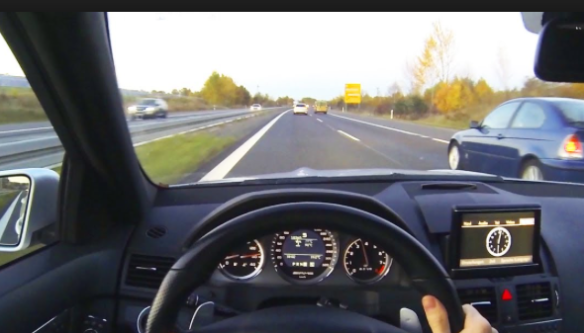 Lots of people are writing about the Brain Activity Map, the proposed $3 billion Neuroscience project. This is my first post — color me skeptical. Here I’ll discuss one reservation.
Lots of people are writing about the Brain Activity Map, the proposed $3 billion Neuroscience project. This is my first post — color me skeptical. Here I’ll discuss one reservation.
As far as I an tell, the project is not hypothesis driven.
The project is pure technology: use big science to record every cell in the human brain. Start with small brains and, as the project moves along, do bigger and bigger brains, finally recording from every cell in the human brain. Then what?
I love Neuroscience and I love advances in technology, but to put so many bucks into one direction of technology, without a strong guiding hypothesis seems foolish. I have no doubt that as the project moves along many things will be learned. But without a guiding hypothesis, will it be worth the costs?
This evening’s NY Times has its third article on BAM. This is the first to express reservations. The article also describes the roots of the project in a meeting held in London in Sept, 2011:
For two days the scientists mostly “talked at each other,” he (Ralph Greenspan) recalled. Then George M. Church, a Harvard molecular geneticist who helped start the original Human Genome Project in 1984, said, “All right I’ve heard all of you say what you can do, but I haven’t heard anyone say what you really want to do.”
“I want to be able to record from every neuron in the brain at the same time,” Dr. Yuste replied.
Yes, Dr. Yuste, I want to do that, too. But why? What are the questions? I don’t hear a hypothesis. Without one, its impossible to do cost/benefit analysis. Cross your fingers, click your heels, will magic happen? A billion here, a billion there, eventually you’re talking real money.
The inability to create a central hypothesis is due to the primitive state of current neuroscience. We really don’t know how the brain works, how you go from the disparate firing of millions of neurons, to the cohesive nature of thought and action. My guess is that such a unifying hypothesis is possible, but that generating the hypotheses will not require recording all cells at once. Better lots of smart minds on smaller projects to build a hypothetical framework. Perhaps then a big, unifying project can and should be attempted.
I may be wrong. There may be a crucial set of important hypotheses to be tested. I’d like to hear them.








